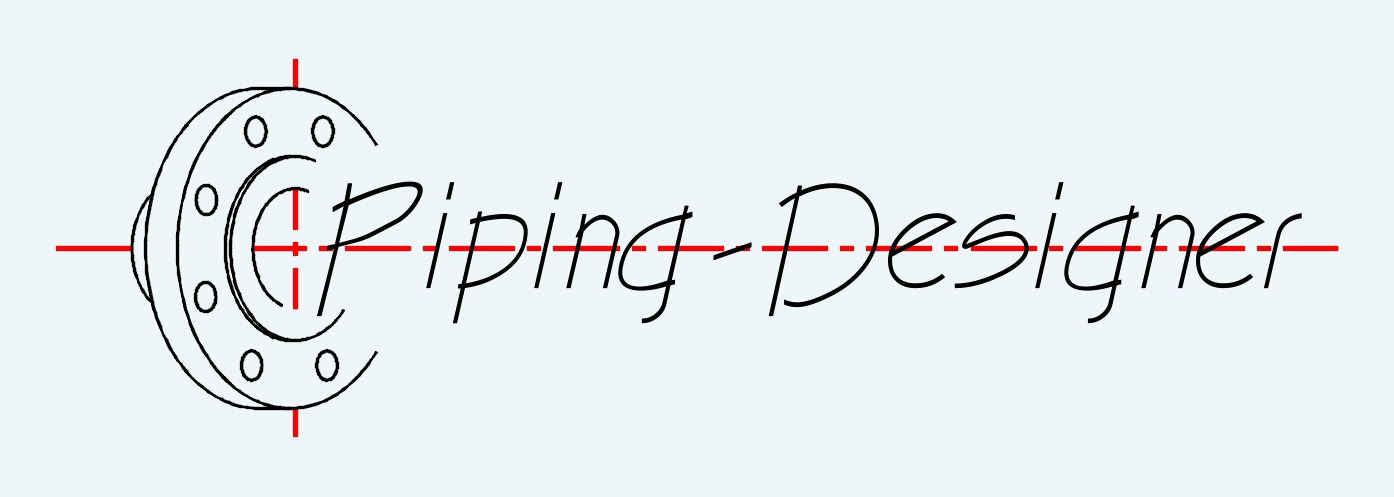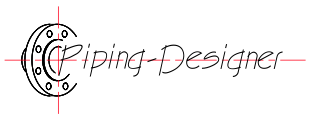Euler-Bernoulli Beam Theory
Euler-Bernoulli Beam Theory formula |
||
| \( \dfrac{ d^2 }{ dx^2 } \cdot \left( E \cdot I \cdot \dfrac{ d^2 \cdot w(x) }{ dx^2 } \right) \;=\; q(x) \) (Euler-Bernoulli Beam Theory) | ||
| Symbol | English | Metric |
| \( q(x) \) = Distributed Load per Unit Length | \(lbf\;/\;ft\) | \(N\;/\;m\) |
| \( d \) = Derivative Operator | \(dimensionless\) | \(dimensionless\) |
| \( x \) = Position Along the Beam's Axis | \(in\) | \(mm\) |
| \( dx \) = Derivative Change in x | \(in\) | \(mm\) |
| \( \dfrac{d}{dx} \) = Derivative Rate of Change | \(in\) | \(mm\) |
| \( E \) = Young's Modulus of the Material | \(lbf\;/\;in^2\) | \(Pa\) |
| \( I \) = Area Moment of Inertia of the Beam's Cross-section | \(in^4\) | \(mm^4\) |
| \( w(x) \) = Transverse Deflection at Position x | \(in\) | \(mm\) |
Euler-Bernoulli beam theory, also called classical beam theory, is a principle in structural and mechanical engineering that describes how beams bend under loads. The theory assumes that a beam’s cross-section remains plane and perpendicular to its neutral axis (the line through the beam’s length where no compression or tension occurs) even after deformation. It also assumes small deflections and that the beam’s material follows Hooke’s law (linear elasticity).
Key Considerations
Slender Beams - The beam is long and slender, meaning its length is much greater than its cross-sectional dimensions.
Plane Sections Remain Plane - Cross-sections of the beam remain plane and perpendicular to the neutral axis after deformation (no shear deformation).
Small Deflections - Deflections and rotations are small, allowing linear approximations.
Linear Elastic Material - The beam material follows Hooke’s Law (stress is proportional to strain).
No Axial Loading - The theory typically considers only transverse (bending) loads, not axial forces.
Negligible Shear Deformation - Shear deformations are assumed to be small compared to bending deformations.
Plane Sections Remain Plane - Cross-sections of the beam remain plane and perpendicular to the neutral axis after deformation (no shear deformation).
Small Deflections - Deflections and rotations are small, allowing linear approximations.
Linear Elastic Material - The beam material follows Hooke’s Law (stress is proportional to strain).
No Axial Loading - The theory typically considers only transverse (bending) loads, not axial forces.
Negligible Shear Deformation - Shear deformations are assumed to be small compared to bending deformations.

